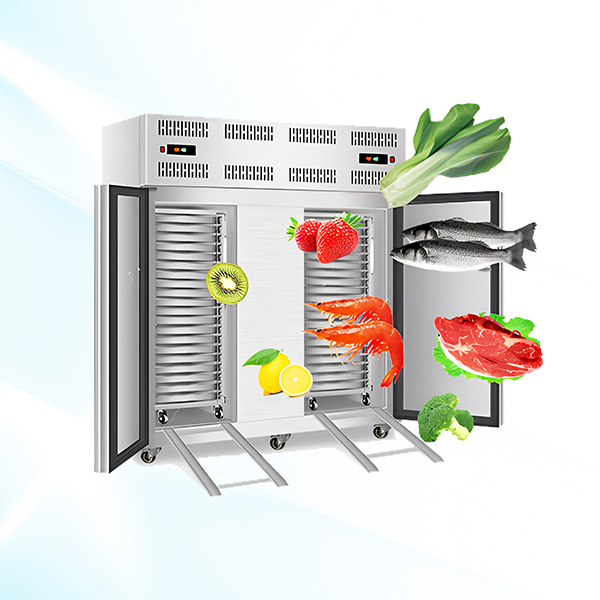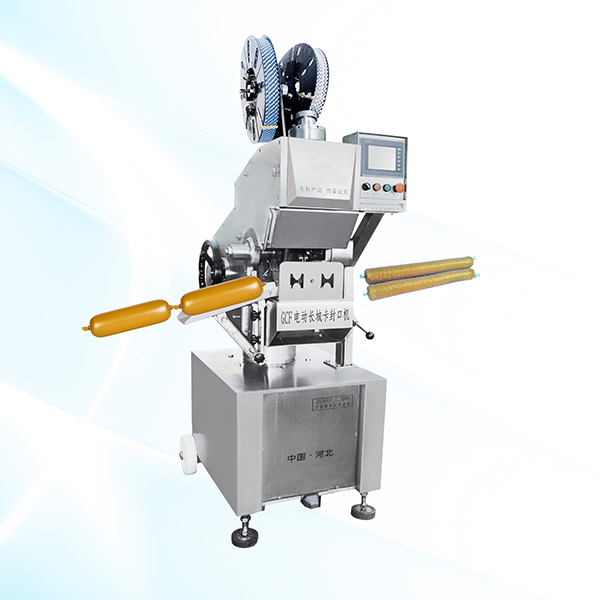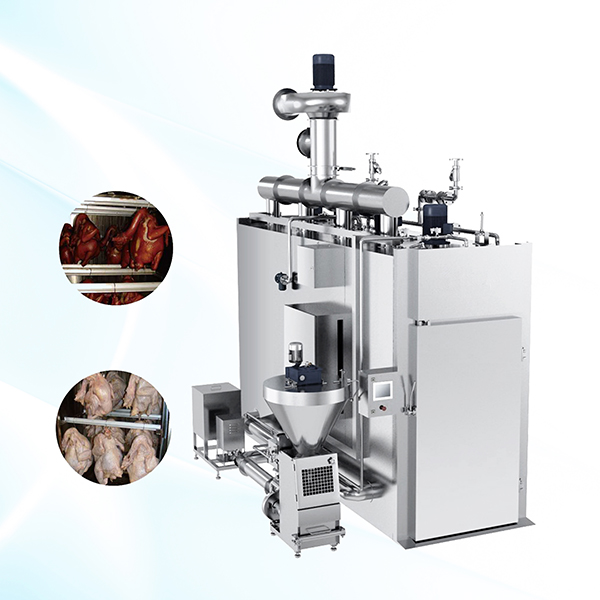Population growth, urbanization, changing consumption patterns, and climate change are making it more challenging to feed the world according to a senior official at the UN’s Food and Agriculture Organization (FAO).
orina Hawkes the Director of the FAO Division of Food Systems and Food Safety says a holistic and sustainable approach is needed that considers economic, social, and environmental factors, and that brings people together, to ensure nutritious food and sustainable livelihoods for all.
She was speaking ahead of the UN Food Systems Summit+2 Stocktaking moment , which will consider global agrifood systems.
What is the agrifood system like?
Corinna Hawkes: The agrifood system is everything that is connected to food and agriculture. What we eat as well as the way that food is sold, distributed and processed. It also includes how food is grown or harvested on land, at sea, and other non-food products, such as fuel and fibre. All these processes involve a whole host of activities, investments, and decisions.
All of the above constitute the agri-food system because every link in it is interdependent and interacting with each other. For example, if we want to grow more fruits and vegetables to make people eat healthier, then we should not only consider the planting process, but also consider how these fruits and vegetables can reach consumers.
There are also many solutions lurking in the agro-food system that can help address climate change, biodiversity loss, malnutrition, chronic diseases, food safety, poverty and unsustainable urban development, and can help the world overcome the most serious challenges.











